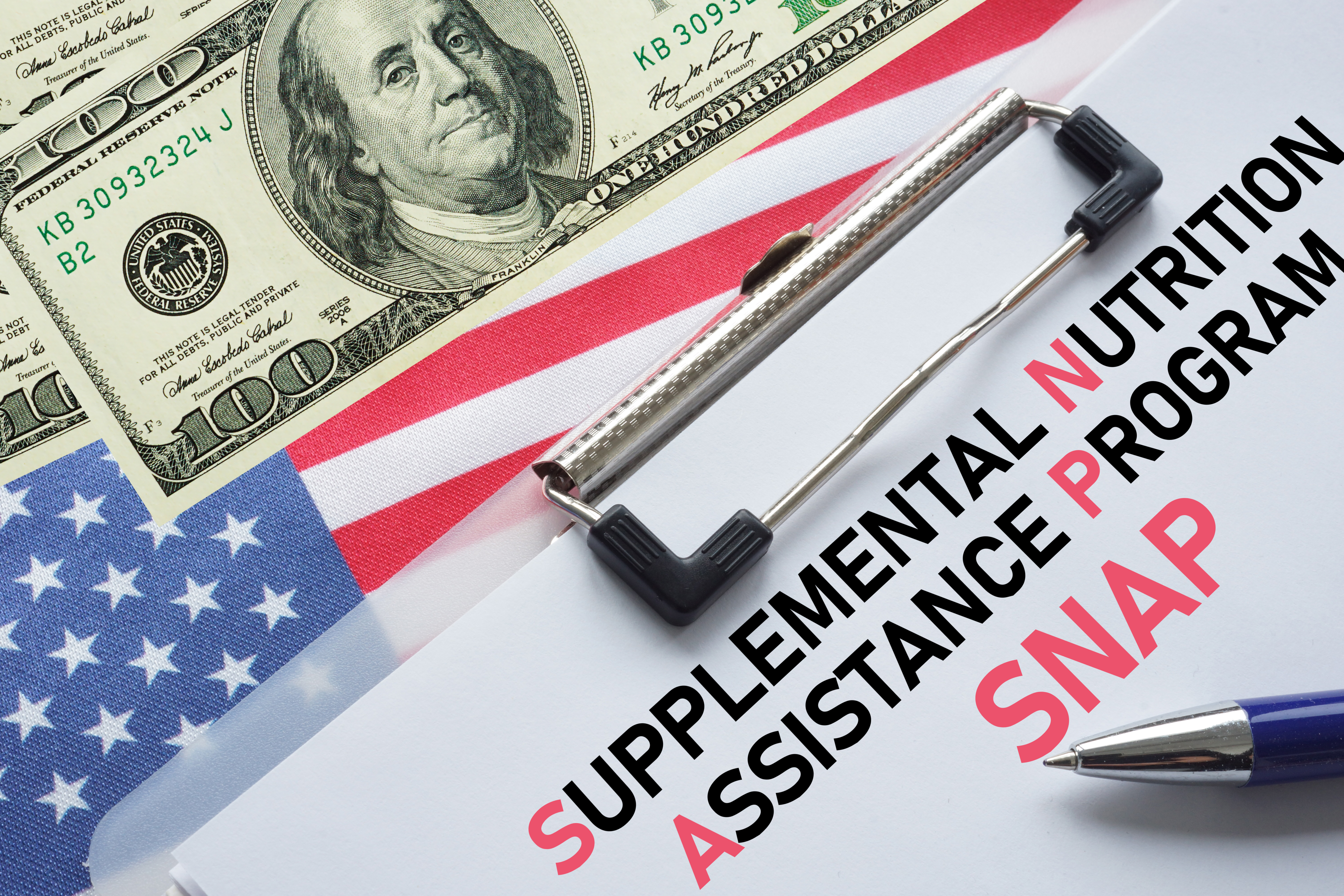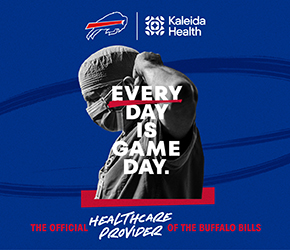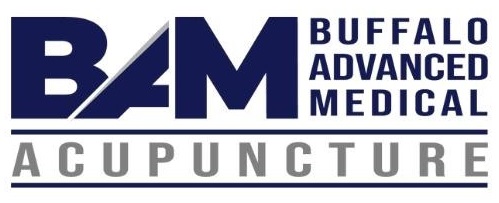Understanding SNAP Benefits

Who Receives It, Why It Matters, and the Impact of Delays
By Annette Pinder
The Supplemental Nutrition Assistance Program (SNAP) helps millions of Americans, including thousands of families in Western New York. In reality, SNAP supports people of all ages and backgrounds, many of whom are working, caring for others, or living on a limited income. Understanding who qualifies—and what happens when benefits arrive late—helps reduce stigma and shows why this program is vital to community health.
Who Actually Receives SNAP?
- Families with children make up a large share of SNAP households, ensuring they receive stable, nutritious meals that promote children’s growth and learning.
- Older adults, many of whom live on fixed incomes and are unable to keep up with rising rent, utilities, and healthcare costs, are among the fastest-growing groups receiving SNAP.
- People with disabilities often use SNAP to compensate for limited income and higher daily costs.
- Many SNAP recipients work in retail, food service, home care, and other sectors where wages are low, hours vary, and benefits are limited.
- Veterans and military families, especially those with children facing high housing and food costs, also receive SNAP.
Eligibility depends on income, household size, and allowable expenses such as rent, medical bills, childcare, and utilities. For example, a family of three with a monthly gross income of about $3,900 or less may qualify. However, many eligible households never apply due to stigma, misinformation, or difficulty understanding the application process.
Why SNAP Matters to Community Health
SNAP is the nation’s most effective program for reducing hunger. Benefits can only be used to purchase food such as fruits, vegetables, proteins, whole grains, and dairy. Research consistently shows that SNAP improves nutrition and food security; supports healthy development in children; helps older adults avoid malnutrition; reduces hospitalizations linked to poor diet; and stimulates local economies, with every SNAP dollar generating about $1.50 in economic activity. In Western New York, programs like Double Up Food Bucks further expand buying power by offering extra funds for purchasing fresh produce.
When Benefits Are Delayed
A delay in SNAP benefits—even a brief one—can cause serious, immediate issues. When benefits don’t arrive on time, families may run out of food before the month’s end; parents might skip meals so their kids can eat; seniors might stretch their meals or choose between groceries and medication; people with chronic illnesses may struggle to maintain stable diets; and local communities face added hardships.
Food pantries often face sudden increases in demand. Delays occur due to administrative backlogs, incomplete paperwork, staffing shortages, or complex reporting requirements. For families living on tight budgets, even a minor interruption can lead to hunger, stress, missed work, and a decline in physical and mental health.
A Program That Strengthens Communities
SNAP is more than a safety net—it is a public health tool that helps families maintain dignity, stability, and well-being. When benefits are issued on time, individuals and communities thrive. When they are delayed, the impact is felt across Western New York.
Resources for assistance include 211 WNY, FeedMore WNY, and Legal Assistance of Western New York.











